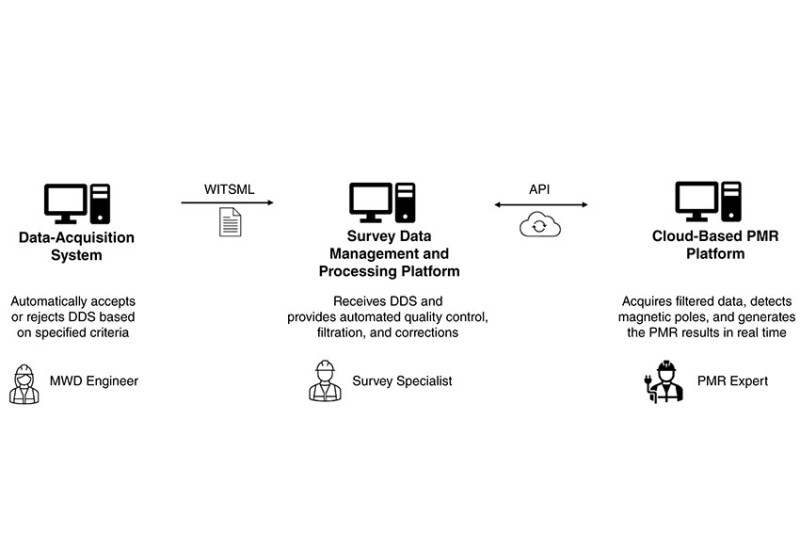Drilling a surface section from an offshore platform or a multiwell pad increases the risk of well collision. Managing well collision is currently performed by taking stationary surveys and projecting ahead of the bit to calculate the minimum allowable separation distance from the offset well. This approach, however, does not possess any means of confirming the distance and direction of the offset well. The complete paper presents a continuous passive magnetic ranging technique that can provide real-time distance and direction to the offset well while drilling without interrupting the drilling operation.
Introduction
The deployment of the ranging technique using definitive dynamic surveys (DDS) took place in Thunder Horse field, the largest offshore field in the Gulf of Mexico.


